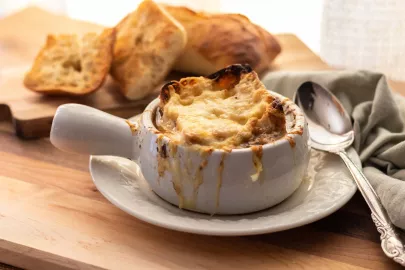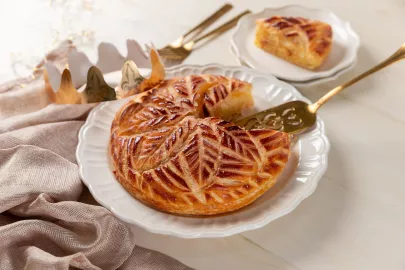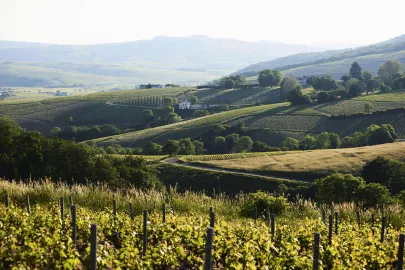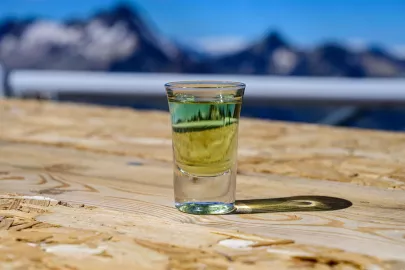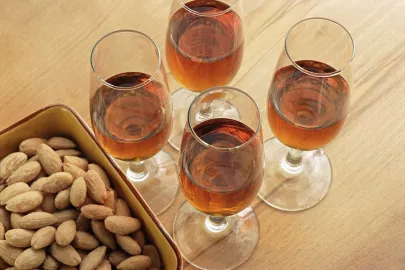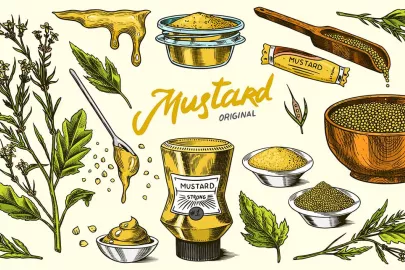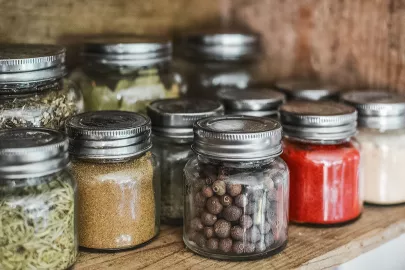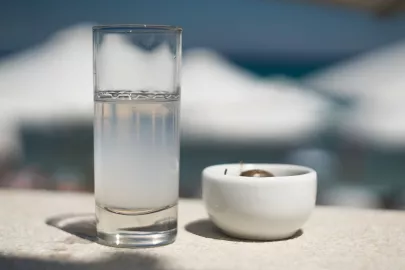For fine dining lovers all around the world, the Michelin Guide has long been the ultimate reference of international haute cuisine. But today, sustainability in the kitchen has never been more crucial. Tag along as we go through Michelin-starred initiatives and discover how the Bibendum is supporting that change.
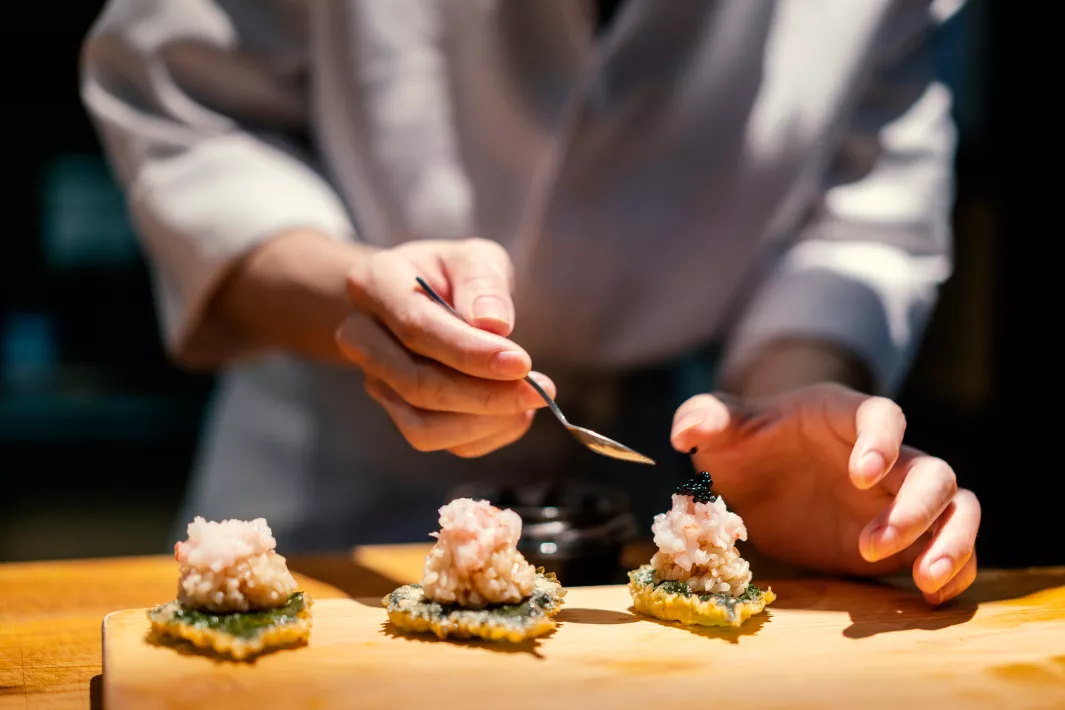
A brief history of the Michelin Guide
It all started in 1899, when brothers André and Édouard created their tyre company in Clermont-Ferrand, Auvergne. To assist car travellers on their journeys, they wrote a handbook filled with practical recommendations and maps. In the 1920s, hotels and restaurants made a foray into its first paid version.
The now iconic guide quickly became synonymous with excellence, transforming the culinary landscape. Reviewing over 40,000 restaurants in 24 countries, more than 30 million copies have been sold worldwide.
A (green) star is born: hospitality figures leading the way
With visionary chefs advocating a greener hospitality, the guide had to highlight places deeply rooted in sustainability — that’s how the Green Star award was born in 2021. Let’s focus on some of our favourite chefs at the top of their eco-culinary game.
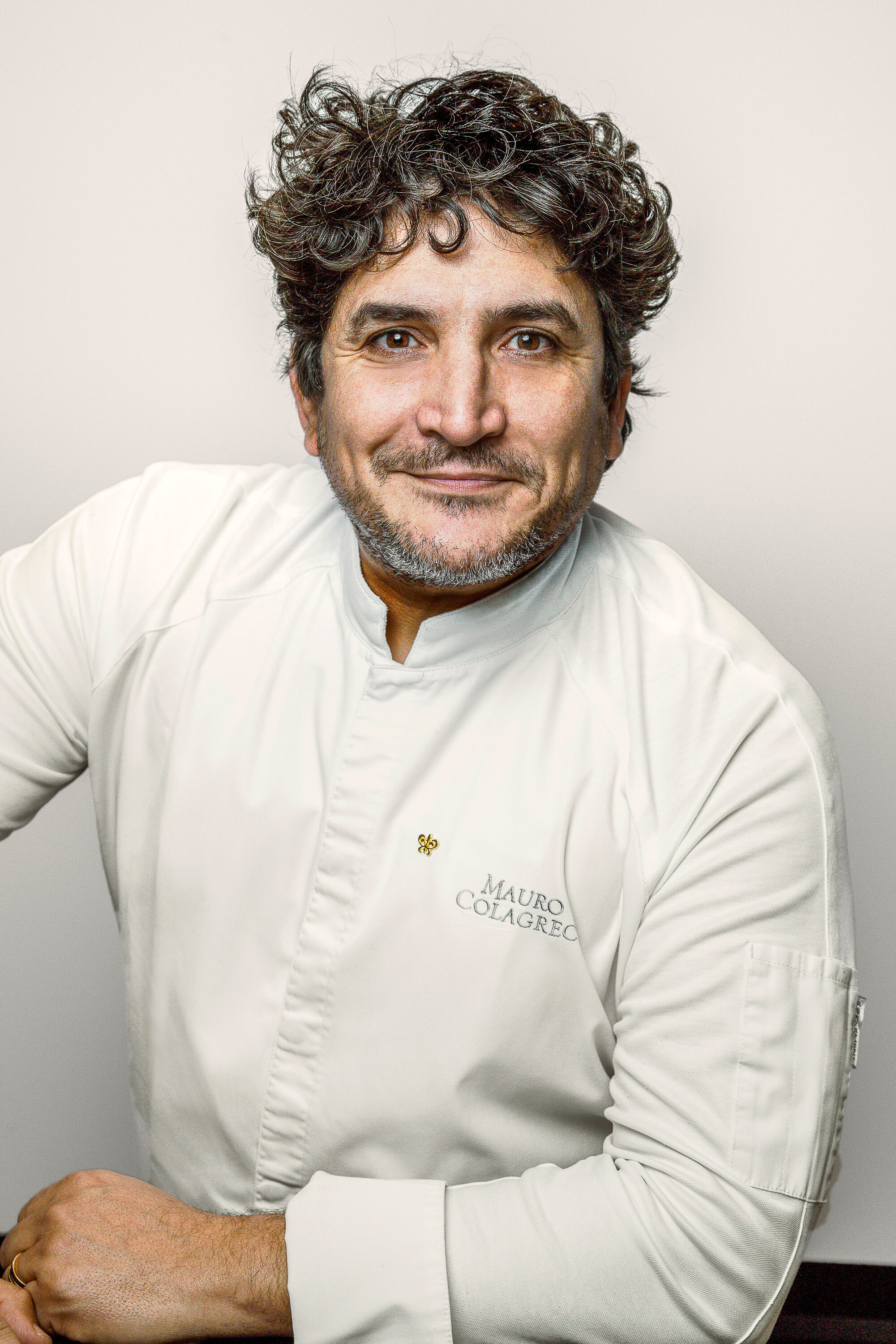
© Philip Ducap
Holding three Michelin stars, Argentinian-Italian chef Mauro Colagreco needs no introduction. Mirazur*** has always been at the forefront, the first to achieve a plastic-free certification. Nestled on the shores of the French Riviera — in a town renowned for its fragrant PGI Menton lemons —, the menu is led by biodynamic principles. The latest project of the UNESCO ambassador for biodiversity? An educational farm, restaurant and cooking school spread over 17 hectares.

© John Troxell
Based in San Francisco, French chef and Top Chef jury Dominique Crenn is a fierce advocate for sustainable agriculture. The first woman to earn three Michelin stars in the US, her regenerative Bleu Belle Farm supplies both Atelier Crenn*** and Bar Crenn*. Just opened, her first Parisian restaurant Golden Poppy celebrates French local seasonal vegetables and seafood.
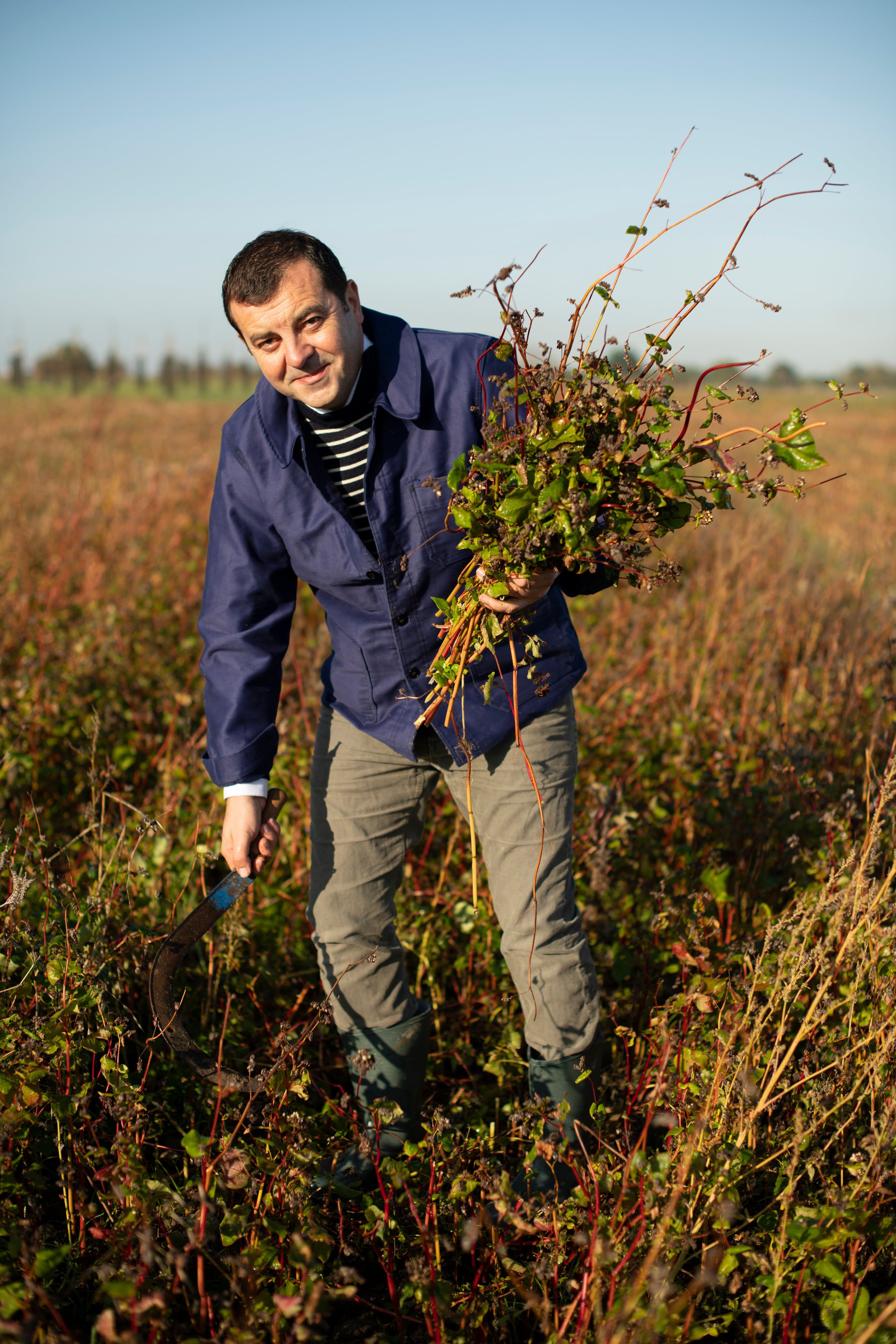
© PhilippeErard
Building bridges between Brittany and Japan, Breizh Café restauranteur Bertrand Larcher looks after no less than 32 restaurants, crêperies and delis celebrating the Breton terroir across both countries. With his organic buckwheat fields, he produces his own PGI Brittany-made buckwheat flour. Overlooking the Cancale harbour, La Table Breizh Café* pays homage to Brittany's culinary heritage combined with Japanese techniques — the best of both worlds.
Last but not least, rising star and former fencer Manon Fleury has been awarded her first Michelin star, just six months after opening her restaurant Datil in Paris. There, cooking becomes a political gesture, championing ecological transition, food autonomy and waste management. Mostly plant-based, the menu shines a light on lesser-known products and her kitchen team is managed horizontally, setting new grounds for tomorrow.
As you can see, a greener future beckon! These culinary trailblazers have demonstrated that gastronomic excellence and environmental consciousness can work hand in hand. As mirrors of our times, culinary guides have to embrace that movement too.
Contributor
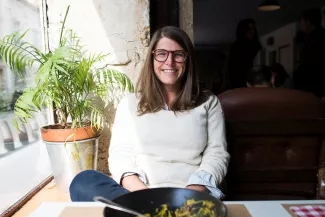
Editor









